by Amanda Rose Newton
We spoke earlier in the year on the importance of scientific names and how simply knowing this can tell you much more than a common name.
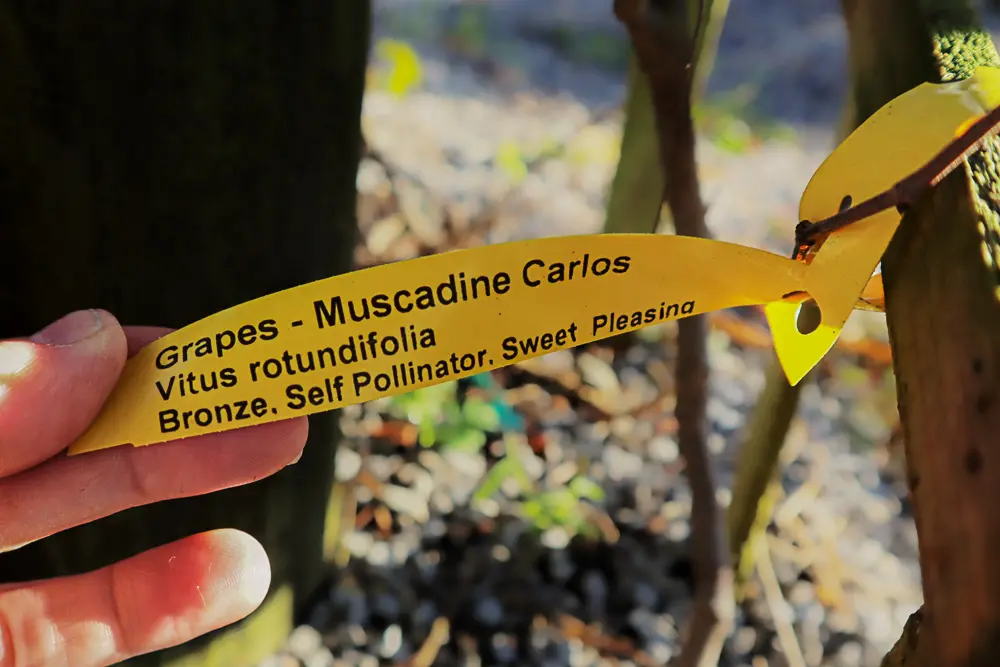
The language of plants, or botanical Latin, is not just for scientists. By learning a few common Latin phrases, home gardeners and plant enthusiasts can glean so much just from a simple name. Not to mention they’ll sound sophisticated and worldly at the same time!
We have compiled a short list of familiar words you are likely to encounter on your journey to learn the language of plants.
1. Macro
Macro means BIG in Latin, and its use is ubiquitous throughout the scientific disciplines. It is often used as a prefix before a term describing a feature of a plant.
For instance, “Macrophyllus” translates to “large leaves”. Many popular plants have this as part of their binomial name, as is the case for the beloved bigleaf hydrangea or Hydrangea macrophylla.
Having large leaves is an evolutionary adaptation in plants because having large leaves ups its chances of catching light to generate needed sugars through photosynthesis, no matter how shady the conditions may be.
2. Phylla, Phyllus, Phyllum
“Phylla”, as discussed above, refers to plant leaves that are crucial for proper plant ID. Even when a plant is not flowering, it can easily be differentiated from another plant by the structure of the leaf.
There are more than 20 possible leaf shapes, and all have their own set of names to remember, many of which happen to be Latin. For instance, the diamond-shaped leaves of a rose are Rhomoids and the needle-like leaves of pine are Acicular.
3. Maculata, Maculatus, Maculatum
While we are on the subject of leaves, spotted leaves are not only more fun, they also are easy to find without even seeing the plant by simply reading the name.
Anytime “maculate” or its variations is present in a plant name, you know it is going to have spots! Think Begonia maculata, or Polka Dot Begonia, for example.
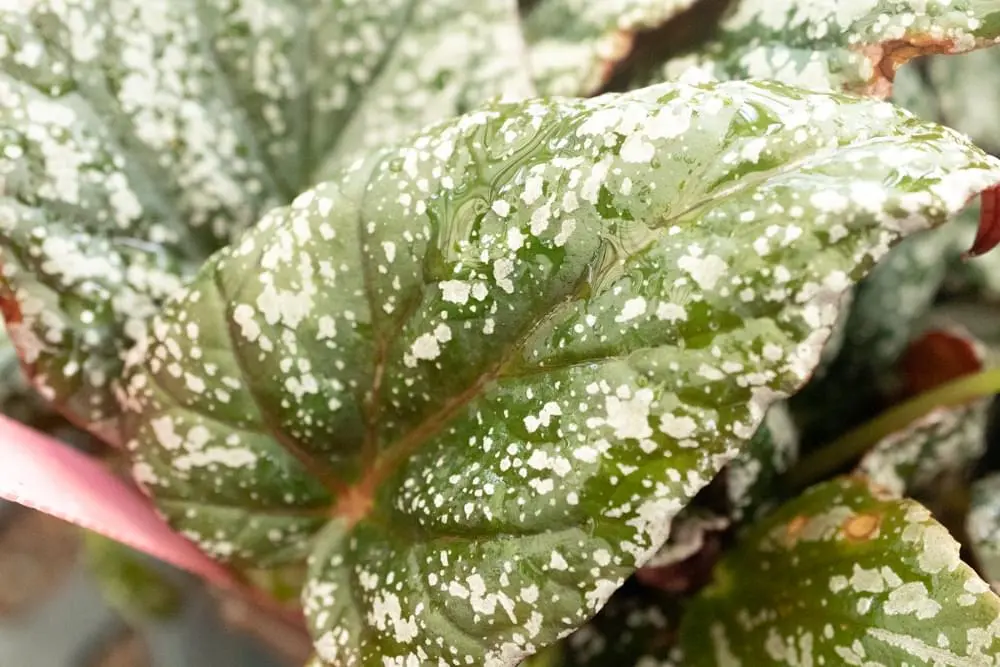
“Begonia” is a Latin term as well and refers to any plant bearing the characteristics we have grown to know and love in this perennial favorite.
4. Fruticosus, Fruticosa, Fruticosum
While “fruit” seems like it would be an obvious translation, that is not the case here.
In fact, it doesn’t have anything to do with the reproductive organs of the plant at all! It’s really referring to a plant’s growth habit, in this case, representing a shrubby or twig-like branching pattern.
The scientific name for blackberry is Rubus fruitcosus (way to cause more confusion on the fruit aspect, early botanists) referring to the sprawling, shrubby nature.

As an aside, scuffruiticosa has a similar meaning to Fruticosus, generally referring to smaller plants that still exhibit a shrubby habit.
5. Sempervirens
While evergreens are mainly thought of while on vacation at a ski resort or during the holidays, the term meaning “evergreen” pops up for more than just pine trees.
The exact translation is “ever-living” and refers to any plant that stays green year-round. If you come across a plant species name featuring “sempervirens,” you can assume it will not be shedding its leaves come winter.
Gelsemium sempervirens is the scientific name for Carolina Jessamine, and Buxus sempervirens is the name for the hedging favorite, Boxwood.
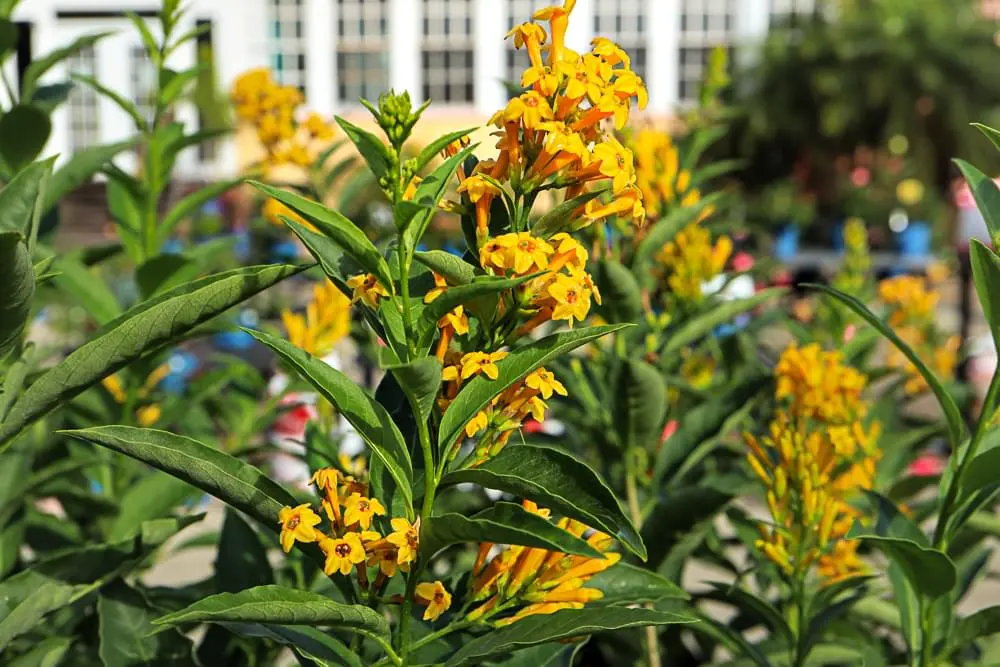
While Carolina is not present in the name for Carolina Jessamine, it shows up commonly in others. “Carolinus” “Carolina” and “Carolus” can all signify being from or found in the Carolinas. Similarly, variations on the word Florida mean that a name is found or native to our state.
6. Rubrum, Rubra, Ruber
Three different terms that all mean RED. This is commonly used as, you guessed it, a descriptor of the plant’s color. A few common plants that have this included in their name Acer rubrum or the Red Maple, Festuca rubra or red grass, and Centranthus ruber which is a common perennial flower.
“Acer” is reserved especially for maples. Any time you come across this term you can assume that a maple of some kind is what is being described. “Quercus” is another important tree distinguisher as it refers to oaks. “Pinus” belongs to all things pine, and “Cornus” refers to dogwoods.
7. Sativus, sativa, sativum
Calling all future herbalists! This is a must-know for your repertoire.
Variations on “sativus”, which translates loosely to “cultivated”, refer to how the unique characteristics that make plants bearing this title are used in cooking and medicine.
If you see this in a plant name, it likely has a use that goes beyond making your yard more aesthetic. Allium sativum (garlic) and Oryza sativa (rice) are a few of the important everyday crops that can be cultivated for use.
Saffron, a highly sought-after herb that adds an explosion of exotic flavor, is Crocus sativus. Even marijuana makes use of the word in its scientific name Cannabis sativa.
While it is probably intuitive, cannabis is borrowed from Latin as well, which translates to “hemp”.
8. Radical, Radicans
Roots are radical! Remember that quick phrase and you will easily pick up what the Latin is trying to put down!
The actual translation is to take-root easily and it typically is referring to plants that are easy to propagate. Think aggressive spreaders like poison ivy (Rhus radcians) or other vines like Campis radicans (trumpet vine).
Ferns are commonplace in Florida, and the Woodwardia radicans, or chain fern is another easy to root plant that literally creates little plantlets at its ends.
“Woodwardia” is a common genus in the world of ferns, and refers to chain ferns in particular. While there are only 3 species in the United States, Florida is lucky to have them all.
9. Verticillata
Verticillata is another Latin descriptor, this time referring to the shape of the flower. A “whorl” describes the unique flower shape where the petals touch and often overlap in many layers (think ROSE). Verticillata translates to “in whorls” and refers to that unique shape.
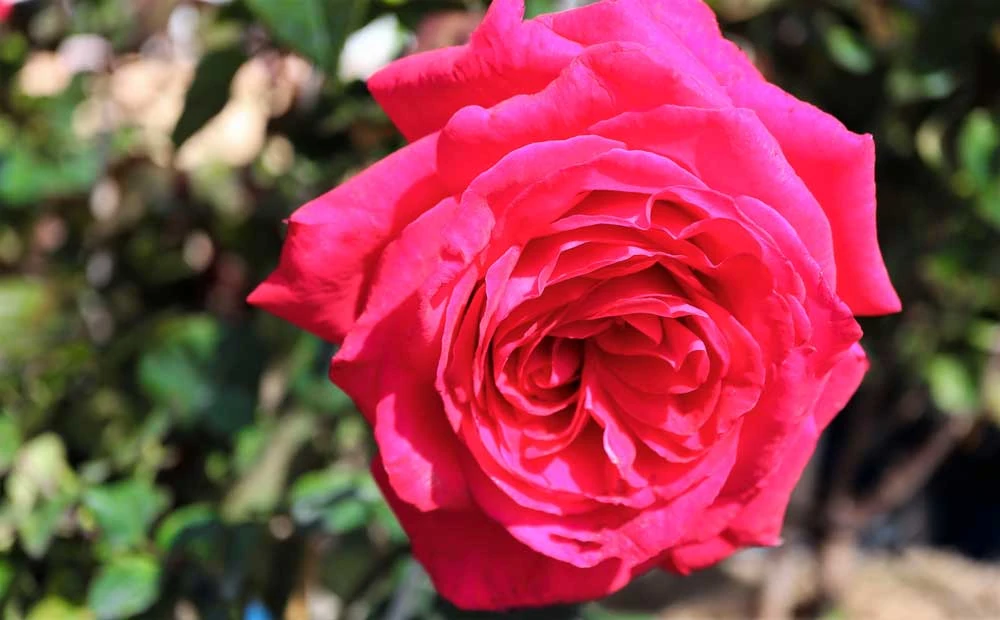
In the same way fruticosus was confusing because it does not pertain to fruit, Verticillata has nothing to do with color, even with “vert” meaning “green” in the name. Ilex verticillata refers to the unique whorls that develop on the winterberry before fruiting.
“Ilex” is another term to add to your must-know list as it is an easy way to recognize the hollies! It also happens to make a great name for humans, as proven by our friends over at Change of Greenery.
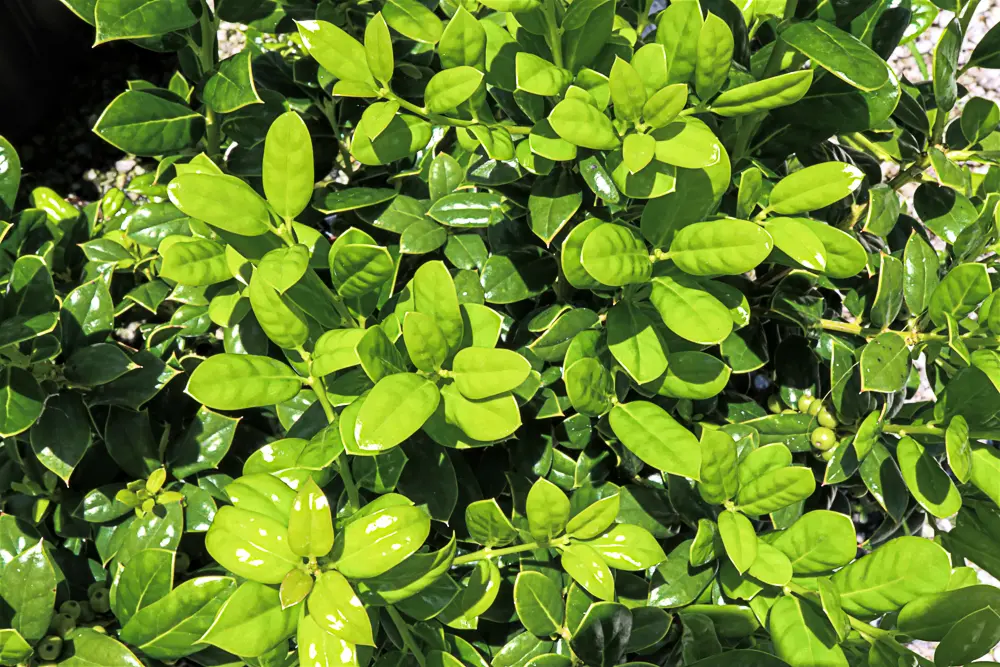
10. Solidago
For native plant lovers and beekeepers, the perennial Goldenrod, or Solidago, is a garden staple.
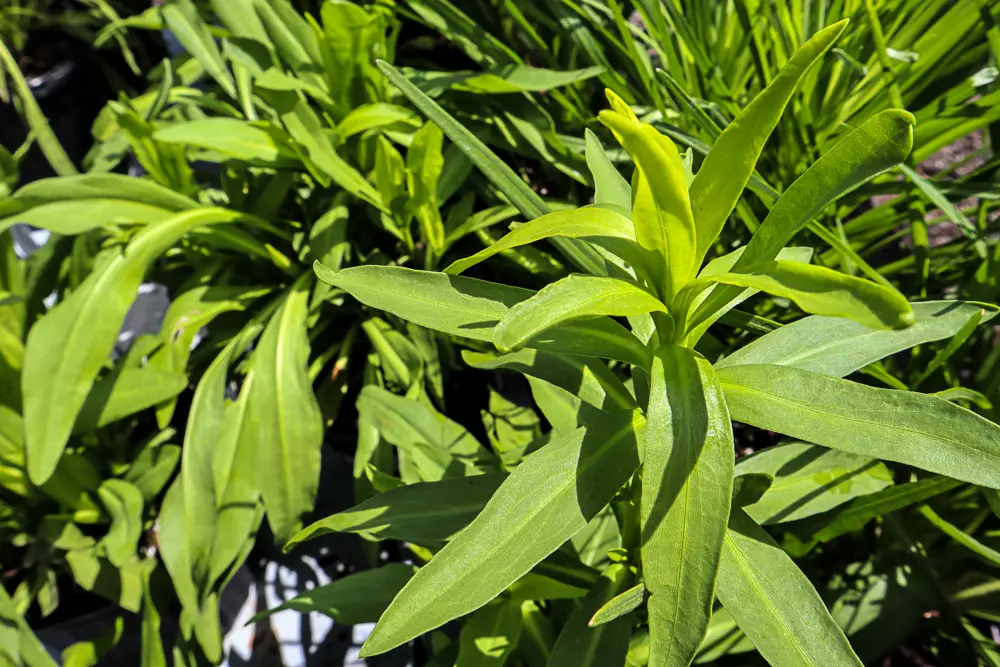
It is often the last plant still flowering in the Fall and it has the strength and versatility to grow in roadside ditches. Its name is taken from Medieval Latin (Solidum agrere), and means “to make whole and healthy” which is fairly apt.
If you are looking for goldenrod for your home landscape, Seaside Goldenrod takes advantage of two newly learned Latin phrases with the scientific name “Solidago sempervirens”.
*You may have noticed that many Latin terms have 3 variations. Like the other Romance Languages (Spanish, Italian, and French) gender is important in phrasing. Words ending in “us” are masculine, “sa” or “ta” are feminine, and “um” are neutral.


